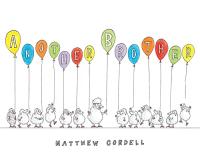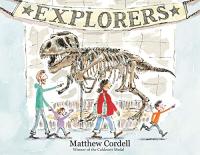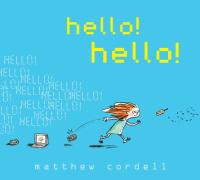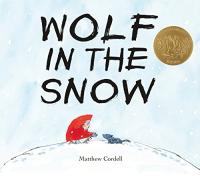
Biography
Matthew Cordell has illustrated poetry, novels, and picture books for children including If the S in Moose Comes Loose, Special Delivery, and the Justin Case chapter book series. He has also written and illustrated many picture books himself, including Wolf in the Snow, Another Brother, Hello! Hello!, Wish, and Dream. Matthew’s books have been recognized by The New York Times, The Washington Post, and The Boston Globe. In 2018, his wordless picture book, Wolf in the Snow, received the prestigious Caldecott Award.
As a young boy, Matthew was really excited by comics and comic art featuring superheroes like Spiderman and X-Men. In high school, he discovered drawing, painting, sculpture, and printmaking — and later decided to pursue a college degree in graphic design. The design world proved a bit too conventional for him and he began looking for other outlets for his creativity and imagination. Matthew got involved with Chicago’s zine community where he met picture book author and YA novelist Julie Halpern (now his wife) who talked him into trying his hand at children’s book illustration.
Writing and illustrating picture books gives Matthew the chance to explore characters, humor, drawing styles, pen nibs, and different media. His expressive, loose illustration style is influenced by Jules Feiffer, William Steig, Quentin Blake, and other artists who also love the “imperfect” line.
Matthew lives and works in the suburbs of Chicago, sharing a home with his wife and two wonderful children and a cat named Norbert.
Follow Matthew on Twitter. You can watch his Caldecott speech or read it at The Horn Book.
Books by this illustrator

If the S in Moose Comes Loose
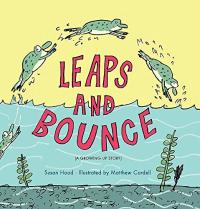
Leaps and Bounce

Lost. Found.
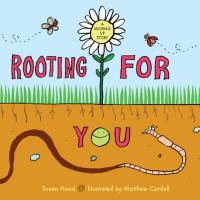
Rooting for You

Second Grade Holdout
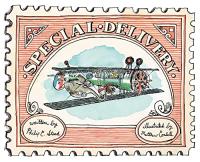
Special Delivery
Find this author’s books on these booklists
Themed Booklist
Holiday Buying Guide 2012
Themed Booklist
Holiday Buying Guide 2019
Themed Booklist
Our Favorite Wordless Picture Books
Themed Booklist
Summer Reading Guide 2012
Themed Booklist
Summer Reading Guide 2023
Themed Booklist
